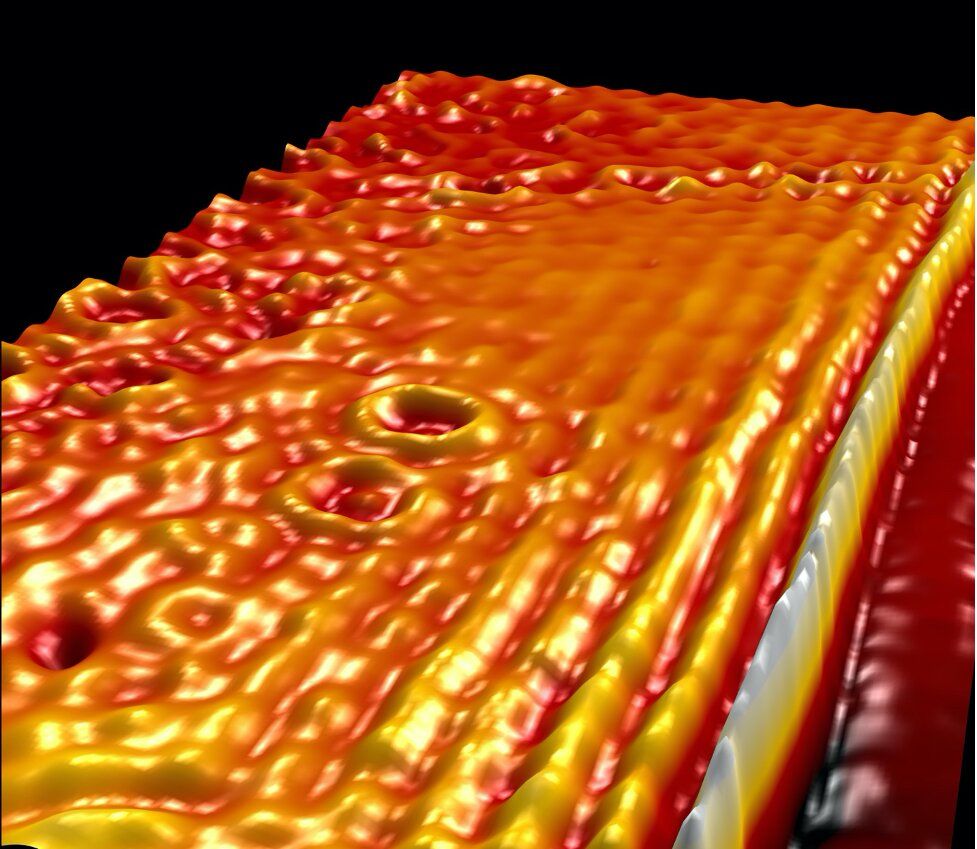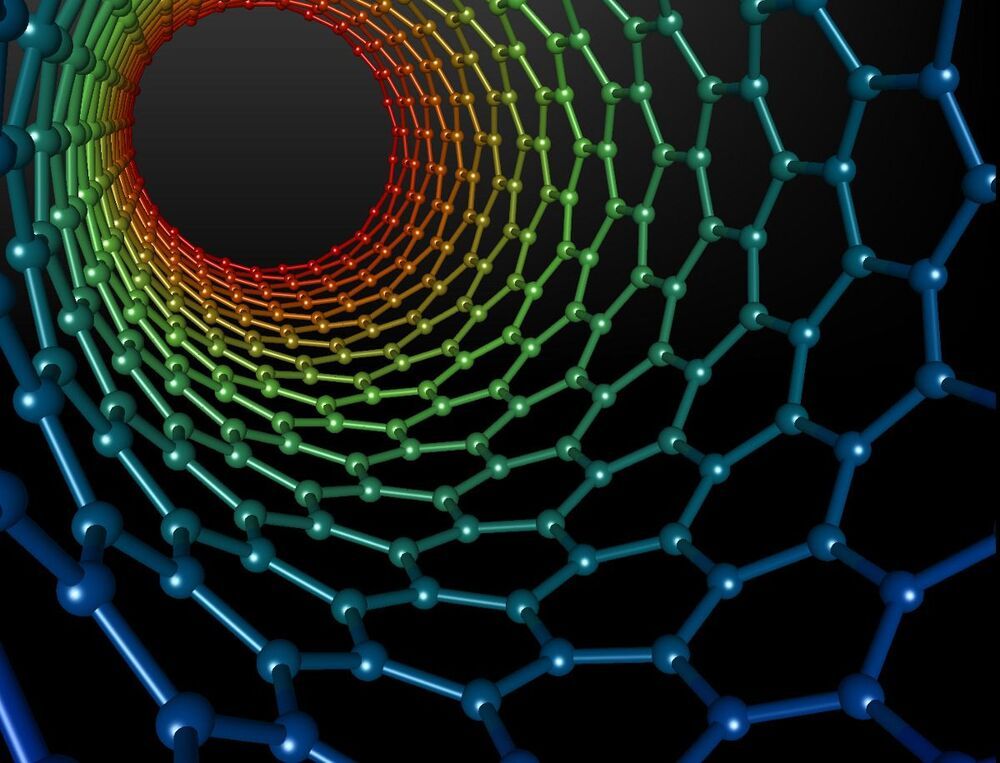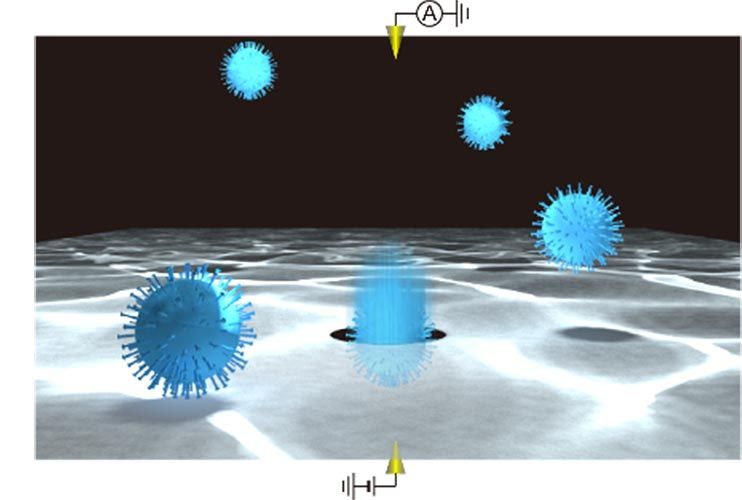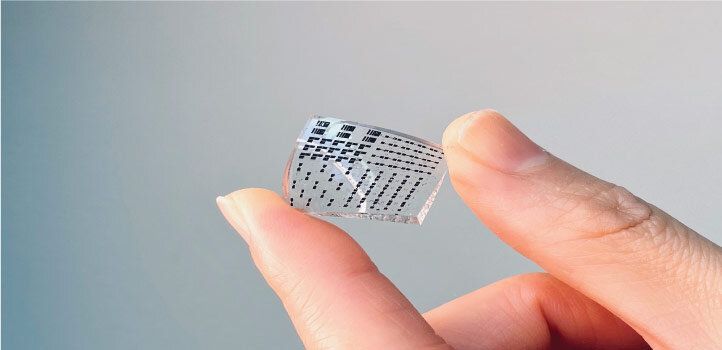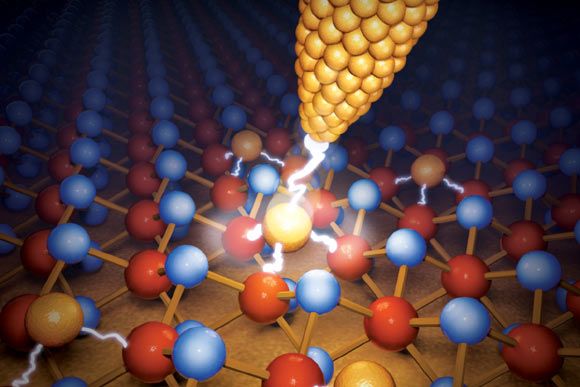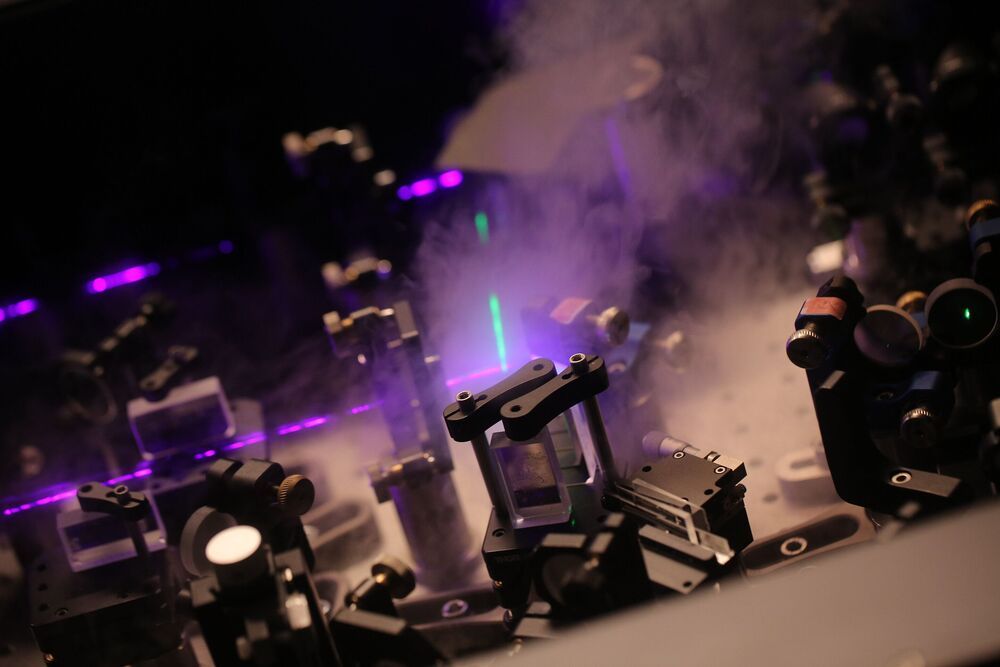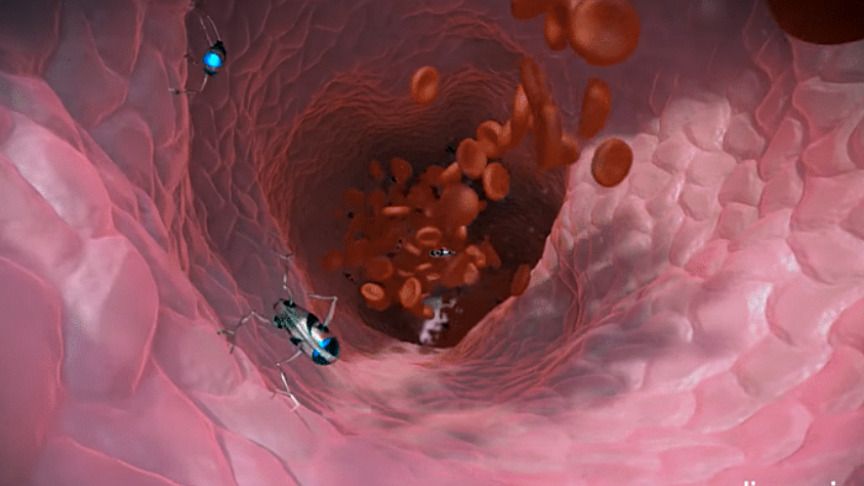Dec 5, 2020
Colorado student, scientist named Time’s ‘Kid of the Year’
Posted by Genevieve Klien in categories: education, mobile phones, nanotechnology, robotics/AI, sustainability
A 15-year-old Colorado high school student and young scientist who has used artificial intelligence and created apps to tackle contaminated drinking water, cyberbullying, opioid addiction and other social problems has been named Time Magazine’s first-ever “Kid of the Year.”
Gitanjali Rao, a sophomore at STEM School Highlands Ranch in suburban Denver who lives in the city of Lone Tree, was selected from more than 5,000 nominees in a process that culminated with a finalists’ committee of children, drinking water crisis in Flint, Michigan, inspired her work to develop a way to detect contaminants and send those results to a mobile phone, she said.
“I was like 10 when I told my parents that I wanted to research carbon nanotube sensor technology at the Denver Water quality research lab, and my mom was like, ” A what?” Rao told Jolie. She said that work ” is going to be in our generation’s hands pretty soon. So if no one else is gonna do it, I’m gonna do it.”

